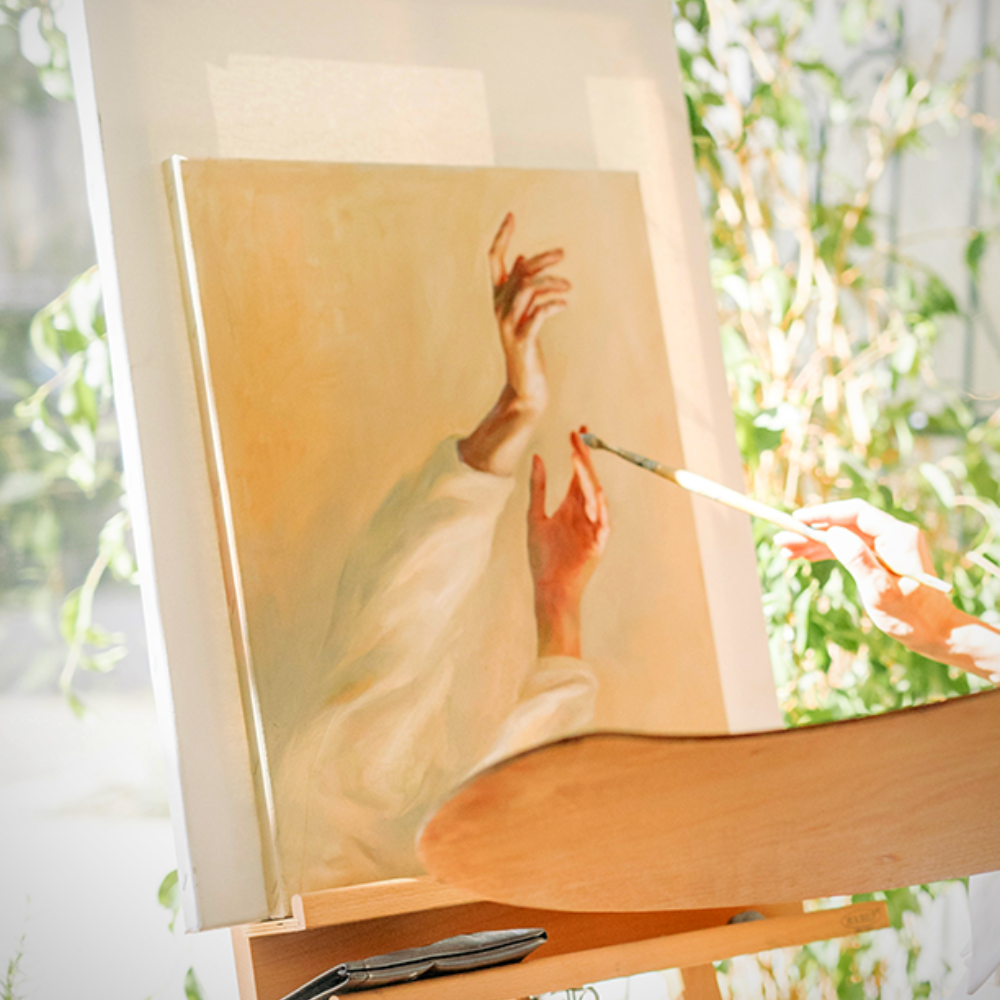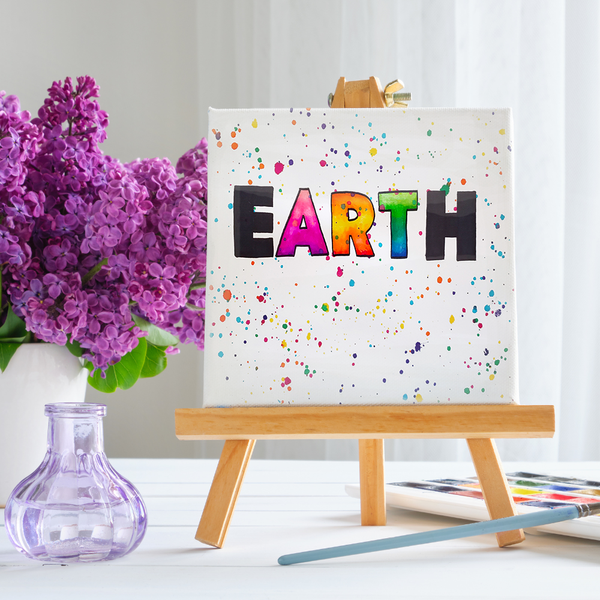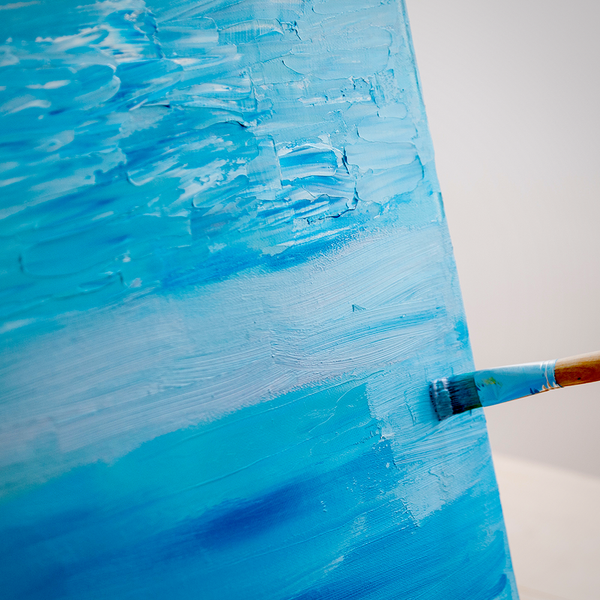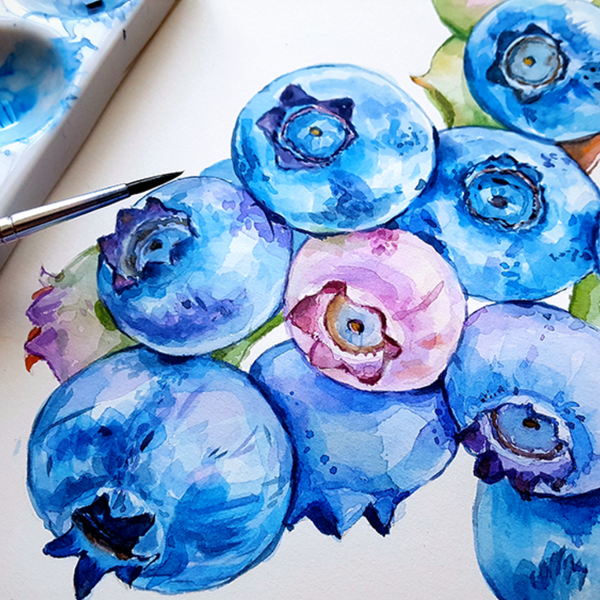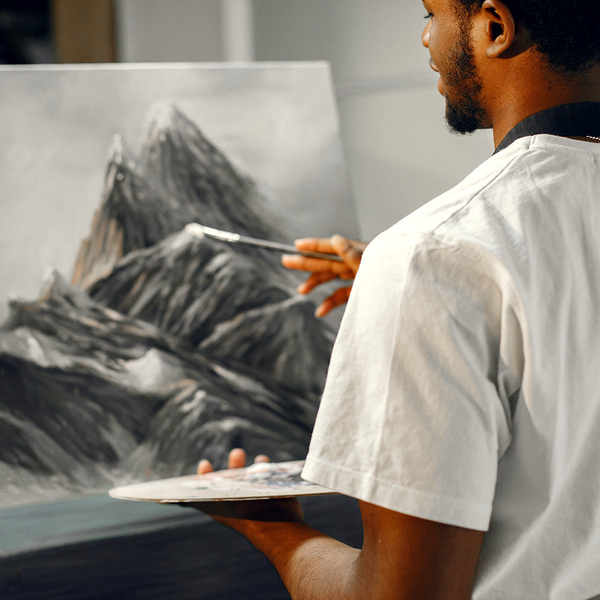Ever wondered how long it takes to transform your blank canvas into a masterpiece?
You're not alone! The journey to becoming proficient in painting is as unique as each brushstroke.
Whether you're aiming to perfect your oil painting techniques or dive into the world of abstract art, the timeline can vary greatly.
But don't worry, we've got the key takeaways to help you understand what it takes to go from novice to notable artist.
So, let's explore the colorful path to painting mastery together!
Key Takeaways:
- Time to Mastery Varies: The time it takes to become proficient in painting varies greatly depending on factors such as dedication, practice, and natural talent.
- Consistent Practice is Key: Regular practice and learning from other artists can significantly shorten the learning process.
- Different Styles, Different Timelines: Mastery in different painting styles, such as oil painting or abstract art, requires different amounts of time and effort.
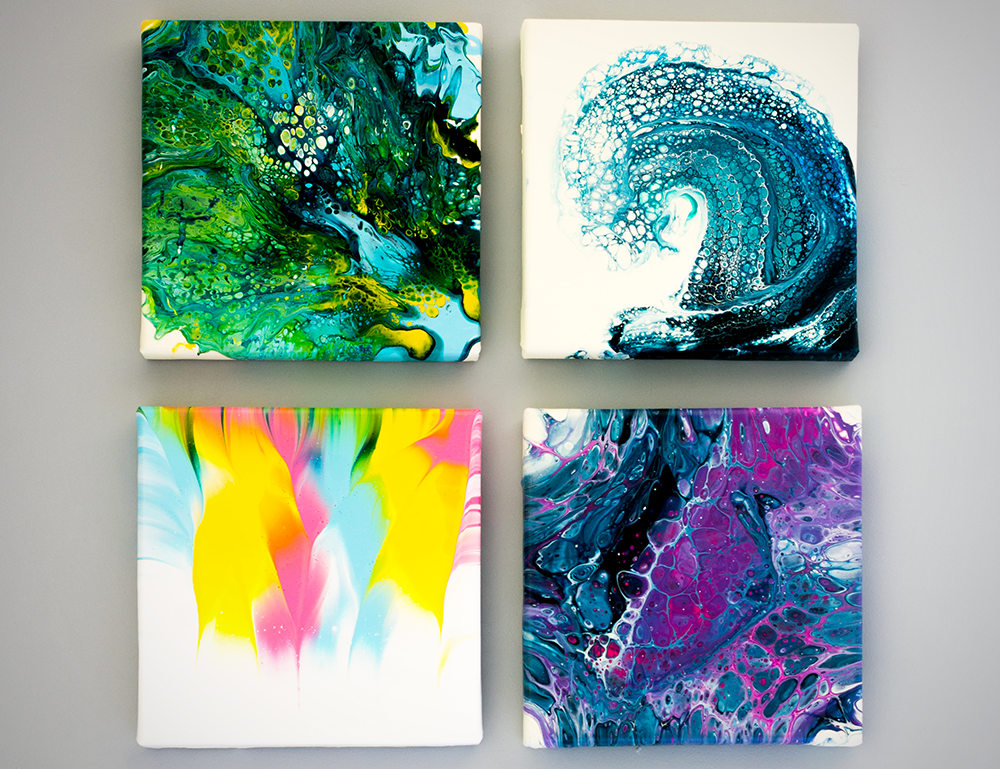
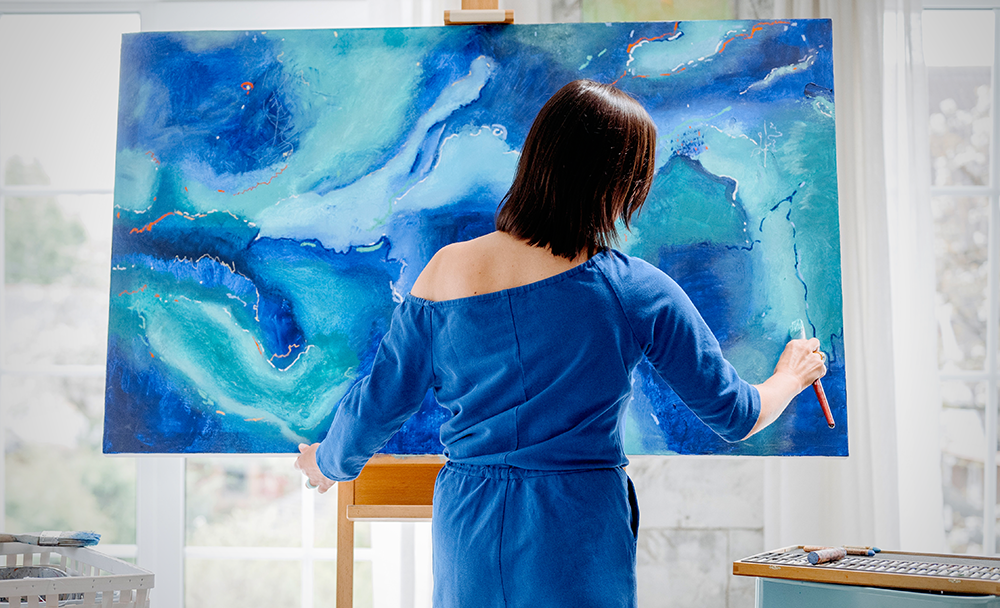
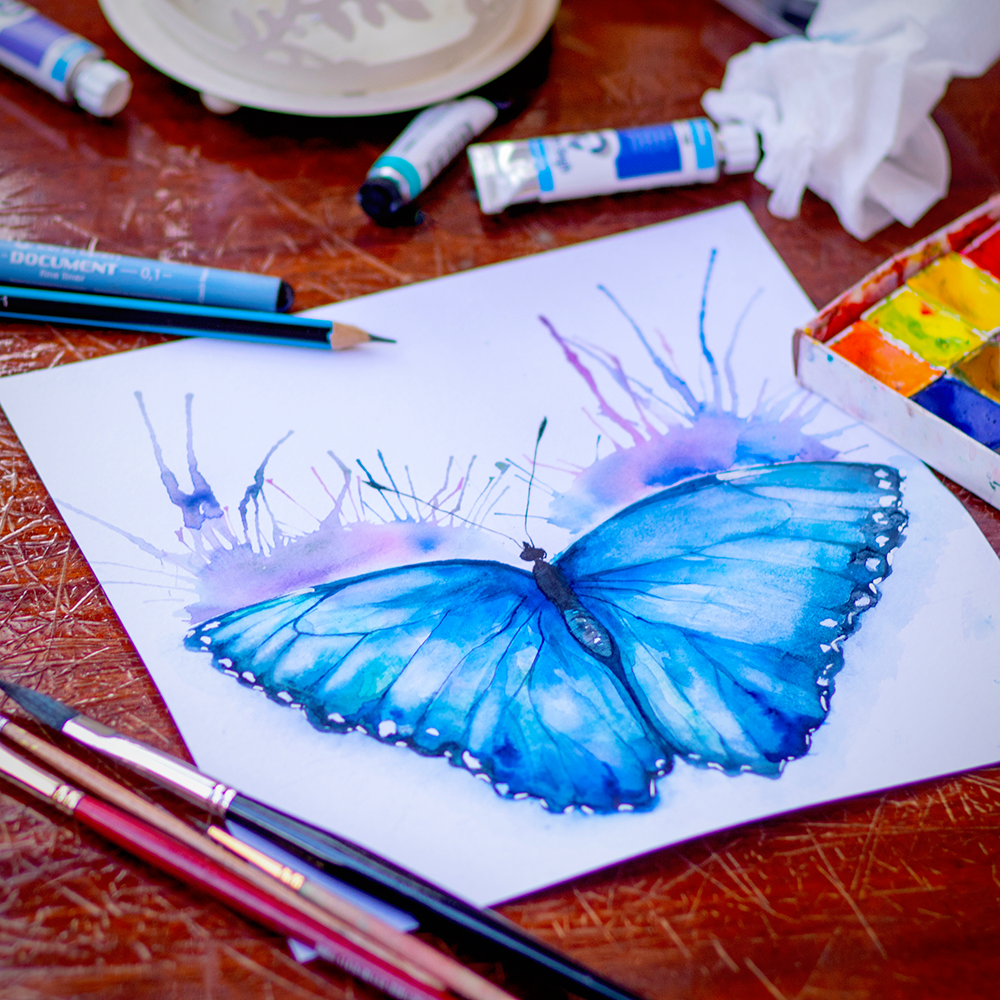
Understanding the Learning Process
The journey to becoming a good artist is unique for each person.
Some might find their stride in a few weeks, while others may take several months or even years.
The learning process is influenced by various factors, including the amount of time you dedicate to practice, the techniques you employ, and your inherent artistic abilities.
For instance, someone who started painting with a natural talent for drawing might progress faster than someone who is completely new to the subject.
However, even those without an initial knack for art can become proficient painters with consistent effort and the right guidance.
The Role of Natural Talent
Natural talent can give you a head start, but it’s not the sole determinant of success in painting.
Many successful painters began with little to no inherent skill but developed their abilities through persistent practice and learning.
The idea that only naturally talented individuals can become good artists is a myth.
Consider the example of Vincent van Gogh, who started painting relatively late in life and initially struggled with his technique.
Through relentless practice and study, he eventually became one of the most renowned painters in history.
This demonstrates that dedication and hard work can often outweigh natural talent.
The Importance of Practice
Practice is the cornerstone of improvement in any skill, and painting is no exception.
Regularly setting aside time to paint, experiment with different techniques, and learn from mistakes is crucial.
The more hours you spend painting, the more you will see improvement in your skills.
For example, if you dedicate an hour each day to painting, you will likely see significant progress within a few months.
This consistent practice helps you develop muscle memory, understand the medium better, and refine your techniques.
It’s not just about the quantity of practice but also the quality.
Focused, deliberate practice can lead to faster improvement.
Learning from Other Artists
Observing and learning from other artists can provide valuable insights and accelerate your learning process.
Attending painting classes, watching tutorials, and studying the works of accomplished painters can expose you to new techniques and perspectives.
For instance, taking a course on oil painting can teach you specific methods that you might not discover on your own.
Similarly, studying the brushwork and composition of famous paintings can inspire you and help you understand the nuances of creating compelling artwork.
Engaging with a community of artists can also provide feedback and encouragement, further aiding your progress.
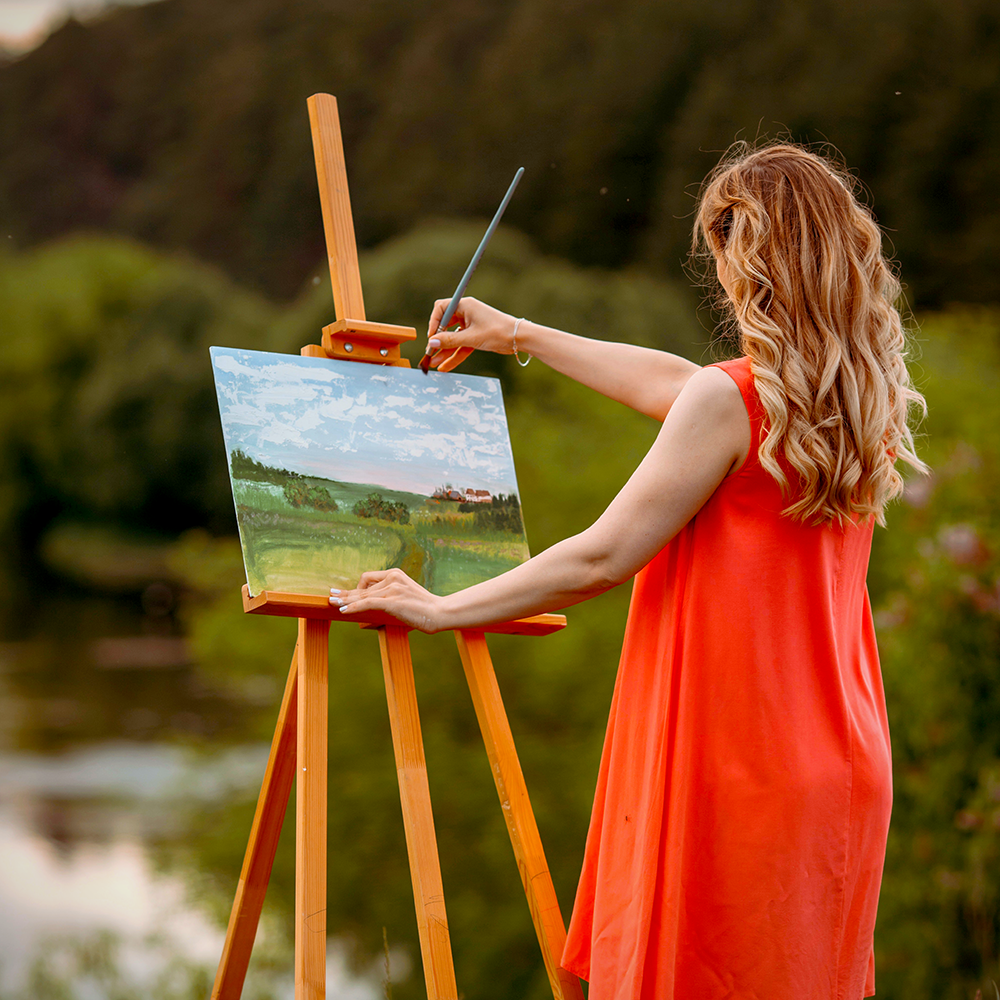
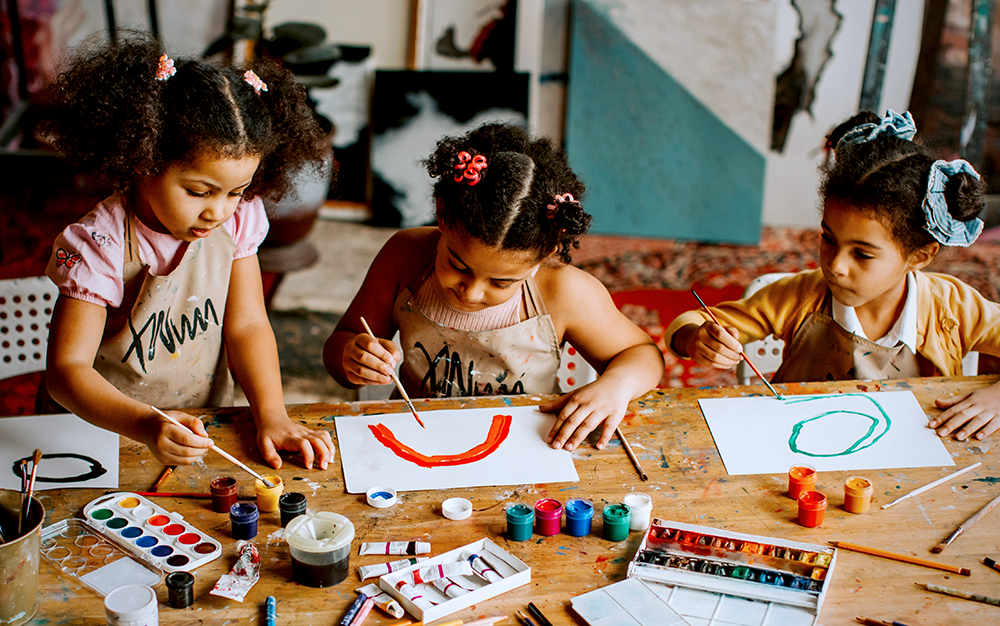
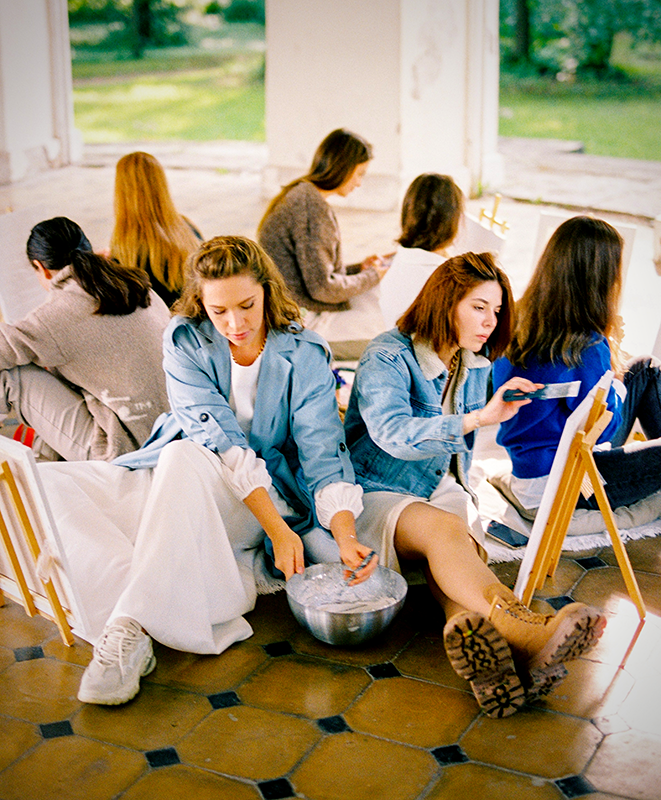
Experimenting with Different Styles
Exploring various painting styles can help you find your niche and improve your overall skills.
Whether it’s still life, portrait, abstract art, or landscapes, each style has its own set of techniques and challenges.
Experimenting with different styles can make you a more versatile artist.
For example, practicing still life can enhance your ability to capture details and textures, while abstract art can free your creativity and help you understand color theory better.
By trying out different styles, you can discover what resonates with you and where your strengths lie, ultimately making you a more well-rounded painter.
Setting Realistic Goals
Setting realistic goals is essential for maintaining motivation and tracking progress.
Instead of aiming to become a master painter overnight, break down your journey into smaller, achievable milestones.
This approach makes the learning process more manageable and rewarding.
For instance, you might set a goal to complete a certain number of paintings each month or to master a specific technique within a few weeks.
Achieving these smaller goals can provide a sense of accomplishment and keep you motivated to continue improving.
Remember, becoming good at painting is a marathon, not a sprint.
The Impact of Medium Choice
The medium you choose to work with can also affect how quickly you improve.
Different mediums, such as oil paint, acrylic paint, or watercolor, have unique properties and require different techniques.
Some mediums might be more challenging to master than others.
For example, oil painting is known for its complexity and the time it takes to dry, which can be daunting for beginners.
However, it also offers rich textures and depth that can be very rewarding.
On the other hand, acrylics dry quickly and are more forgiving, making them a popular choice for those just starting out.
Understanding the characteristics of your chosen medium can help you navigate the learning curve more effectively.
The Role of Feedback
Receiving constructive feedback is crucial for improvement.
Whether it’s from a teacher, fellow artists, or even online communities, feedback can provide new perspectives and highlight areas for improvement that you might not notice on your own.
For instance, joining a local art group or participating in online forums can expose your work to a broader audience and provide valuable critiques.
This feedback can help you refine your techniques, understand your strengths and weaknesses, and ultimately become a better painter.
Don’t shy away from criticism; instead, use it as a tool for growth.
The Value of Patience and Persistence
Patience and persistence are vital qualities for anyone looking to become good at painting.
The journey is filled with ups and downs, and it’s easy to get discouraged when progress seems slow.
However, maintaining a positive attitude and persevering through challenges is key to long-term success.
Consider the story of Claude Monet, who faced numerous rejections and financial difficulties early in his career.
Despite these setbacks, he continued to paint and eventually became a leading figure in the Impressionist movement.
His persistence paid off, and his work is now celebrated worldwide.
This example underscores the importance of staying committed to your artistic journey.
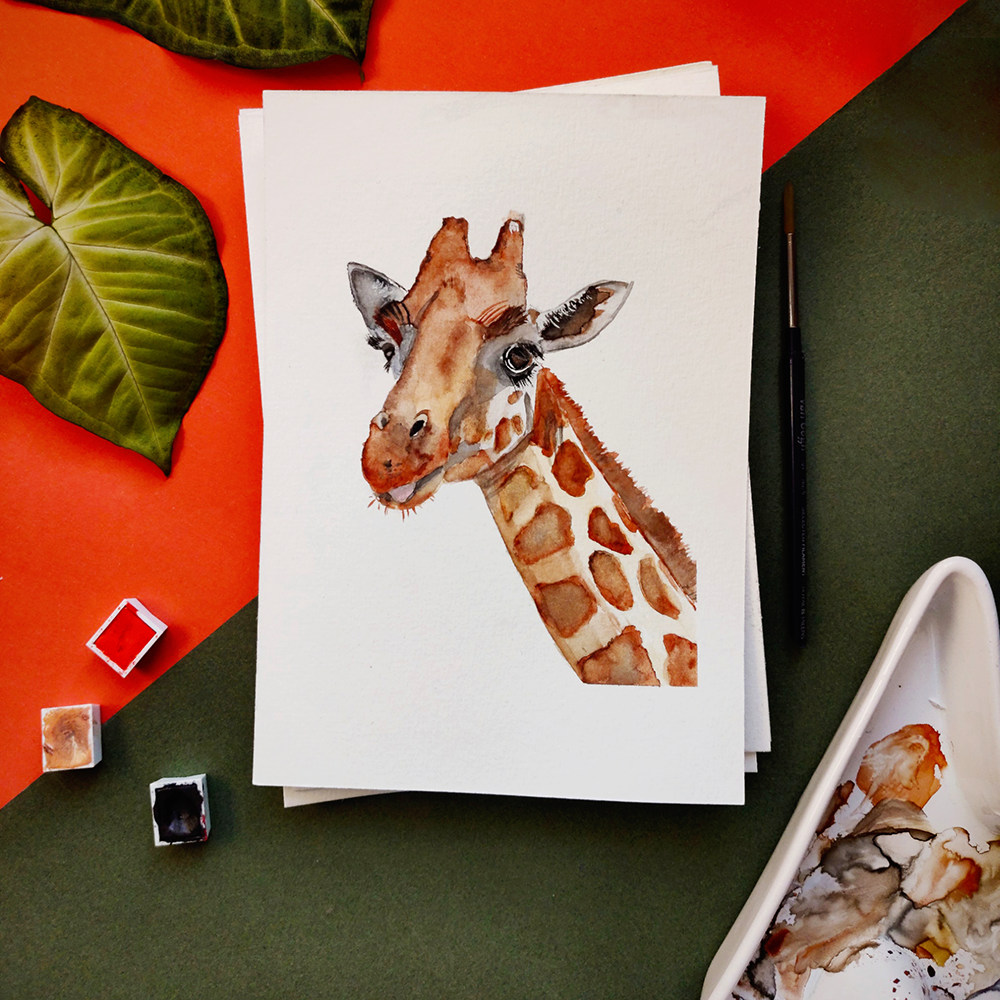
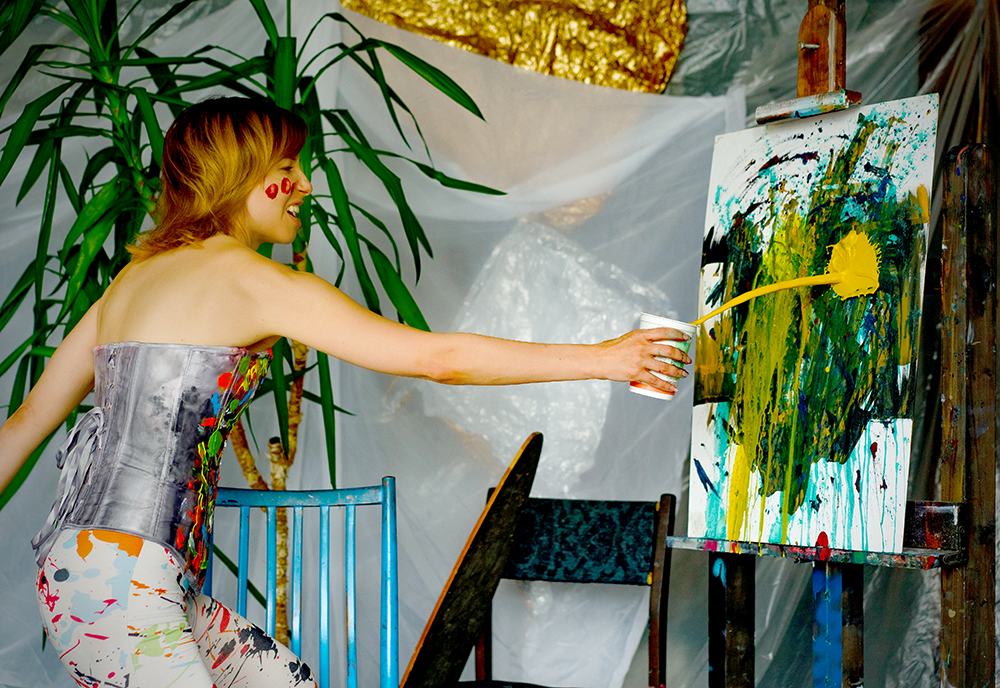
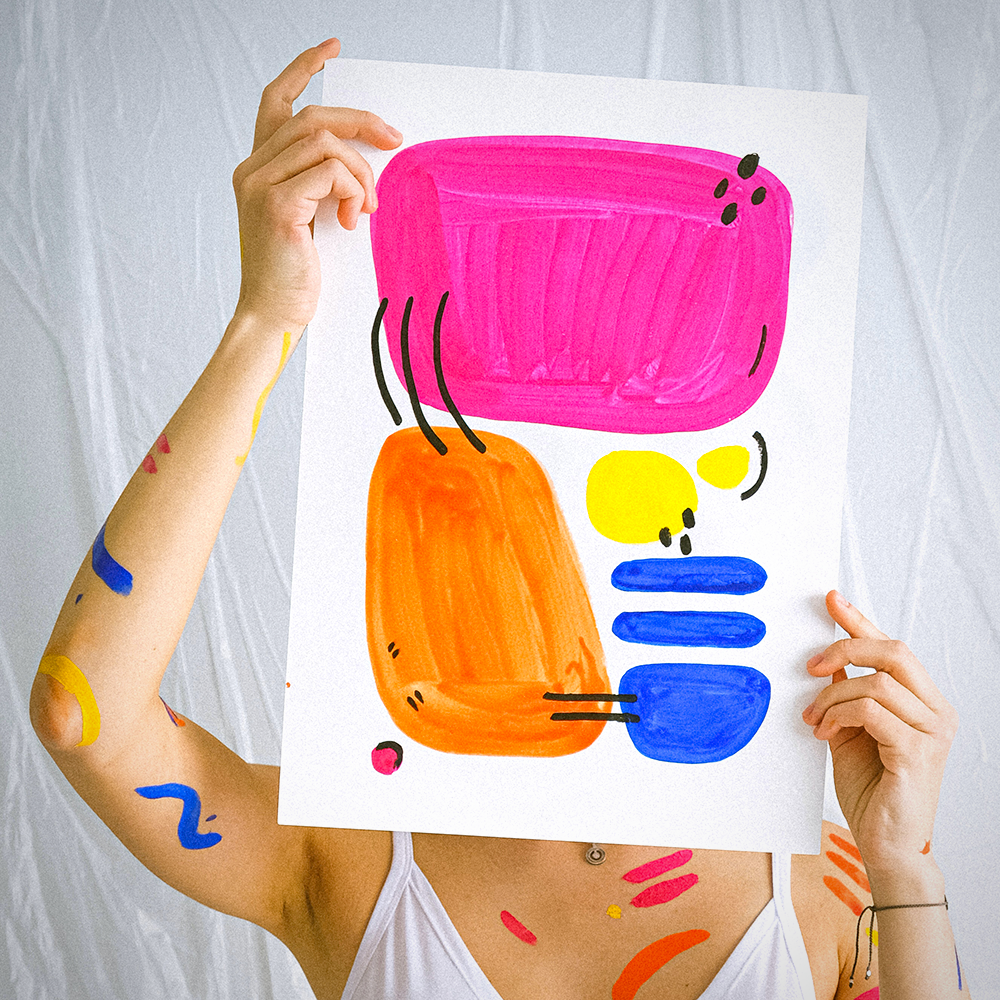
The Benefits of Structured Learning
Structured learning, such as enrolling in art classes or workshops, can provide a more organized approach to developing your painting skills.
These programs often offer a curriculum designed to build your abilities step by step, making the learning process more efficient.
For example, a beginner’s course in painting might start with basic drawing skills and gradually introduce more complex techniques.
This structured approach ensures that you build a solid foundation before tackling more advanced concepts.
Additionally, having a teacher to guide you and provide feedback can significantly enhance your learning experience.
The Influence of Personal Schedule
Your personal schedule and the amount of time you can dedicate to painting will also impact how quickly you improve.
Balancing painting with other responsibilities can be challenging, but finding a consistent routine is crucial for steady progress.
For instance, if you can only spare a few hours each week for painting, it might take longer to see significant improvement compared to someone who can practice daily.
However, even with a busy schedule, setting aside regular time for painting can lead to gradual but meaningful progress.
The key is consistency and making the most of the time you have.
The Role of Inspiration and Motivation
Inspiration and motivation play a significant role in your painting journey.
Staying inspired can keep you engaged and excited about your work, while motivation drives you to continue practicing and improving.
For example, visiting art galleries, reading about famous painters, or even taking a walk in nature can spark new ideas and reignite your passion for painting.
Keeping a sketchbook to jot down ideas and experiment with concepts can also help maintain your enthusiasm.
Finding what inspires and motivates you personally can make the learning process more enjoyable and fulfilling.
The Impact of Quality Over Quantity
While regular practice is essential, focusing on the quality of your practice sessions can lead to faster improvement.
Instead of merely putting in hours, aim to make each session productive and goal-oriented.
For instance, instead of painting aimlessly for hours, set specific objectives for each session, such as mastering a particular technique or completing a small project.
This focused approach ensures that you are continually learning and improving, rather than just going through the motions.
Quality practice can lead to more significant progress in less time.
The Importance of Enjoying the Process
Enjoying the painting process itself is crucial for long-term success.
If you find joy and satisfaction in creating art, you are more likely to stick with it and continue improving.
For example, if you view painting as a fun and relaxing activity rather than a chore, you will be more inclined to practice regularly and experiment with new ideas.
This positive mindset can make the learning process more enjoyable and sustainable.
Remember, the ultimate goal is not just to become good at painting but to find fulfillment and happiness in the creative journey.
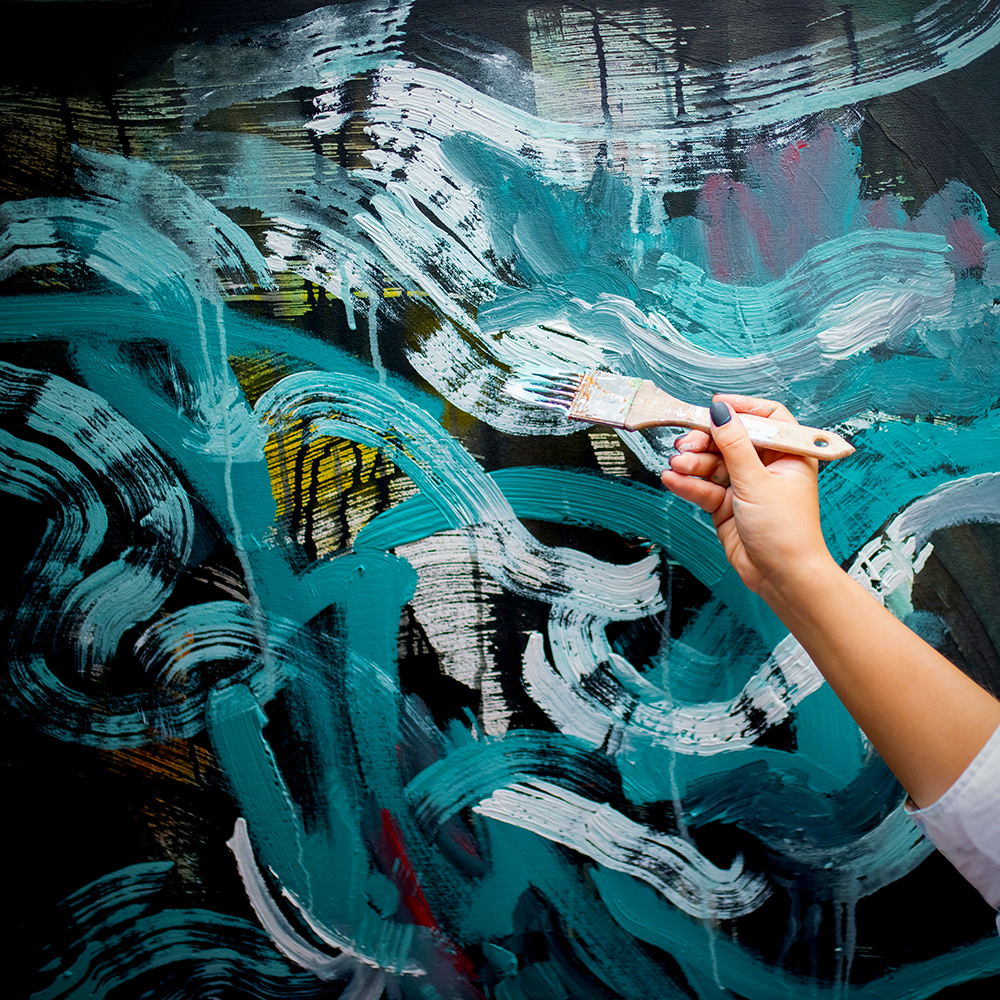
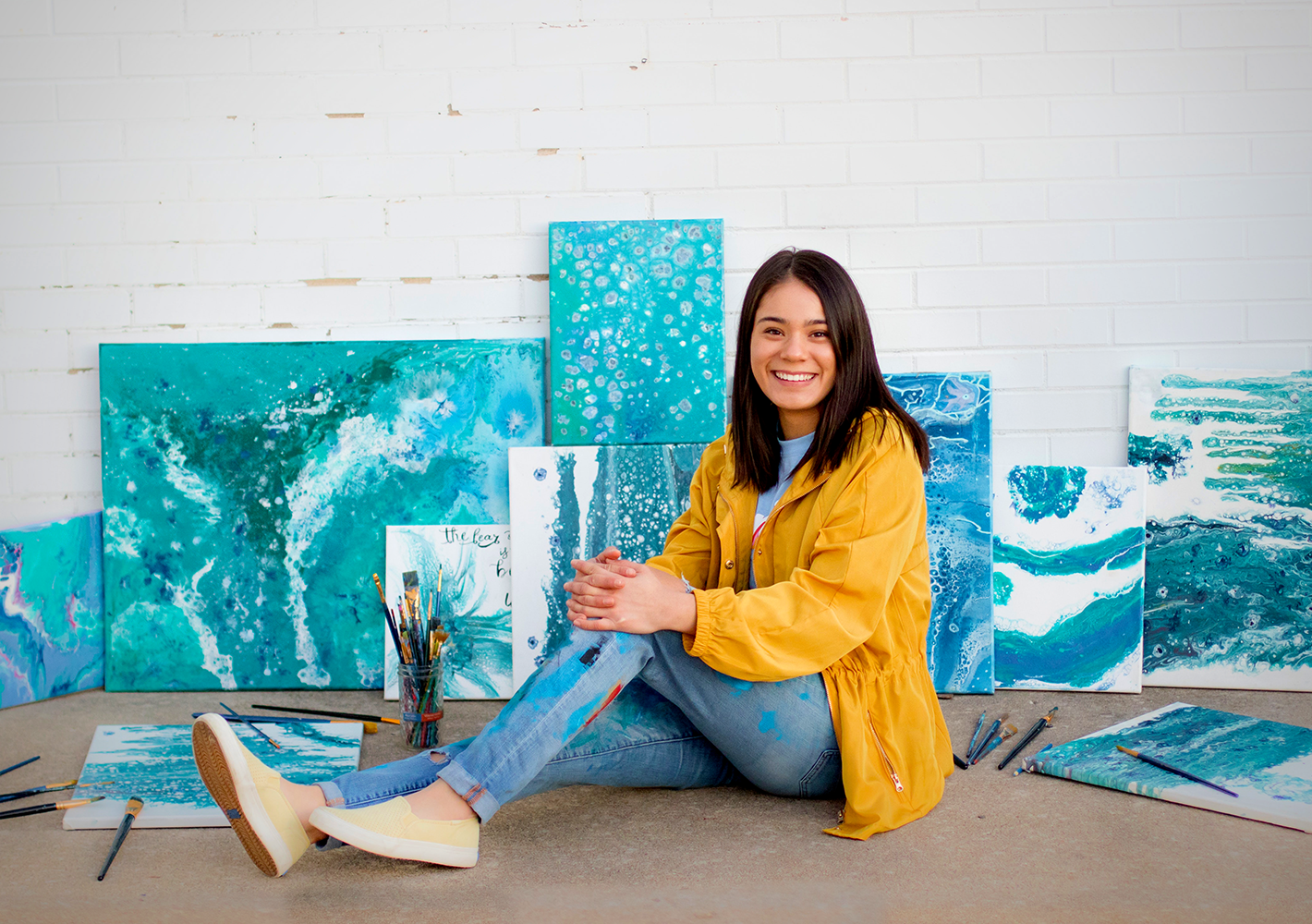

The Journey Awaits: Embrace the Brush!
Embarking on the path to becoming a skilled painter is a deeply personal and rewarding journey.
While the timeline varies for everyone, the key to success lies in your dedication, practice, and passion.
By setting realistic goals, learning from others, experimenting with different styles, and maintaining a positive attitude, you'll find joy in every brushstroke.
Remember, it's not just about the destination but the colorful adventure along the way.
So, pick up that paint brush, stay inspired, and let your creativity flourish.
Your masterpiece is waiting to be created!
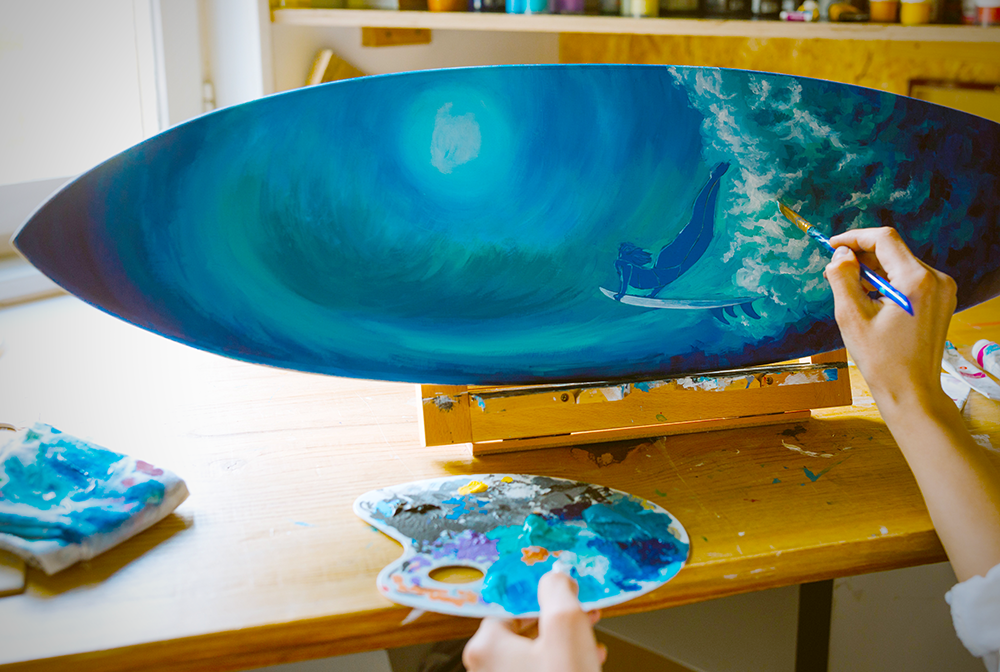
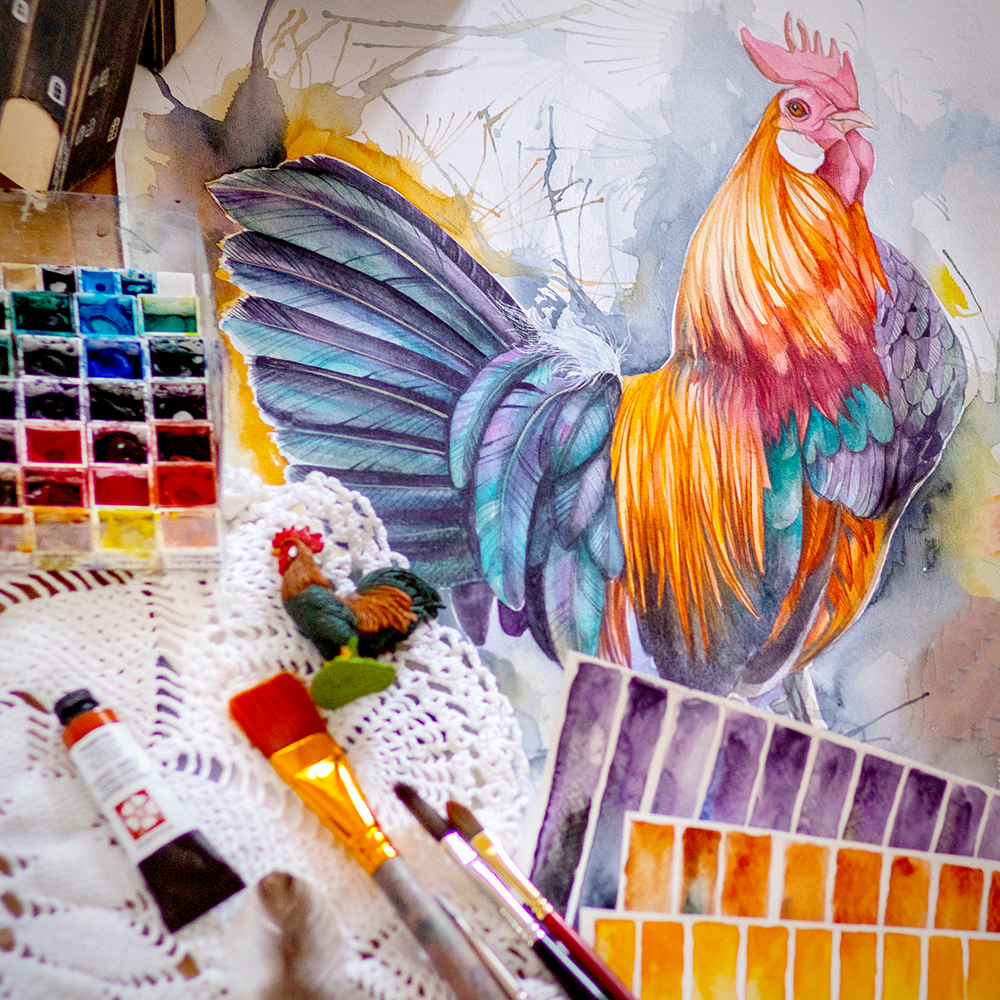
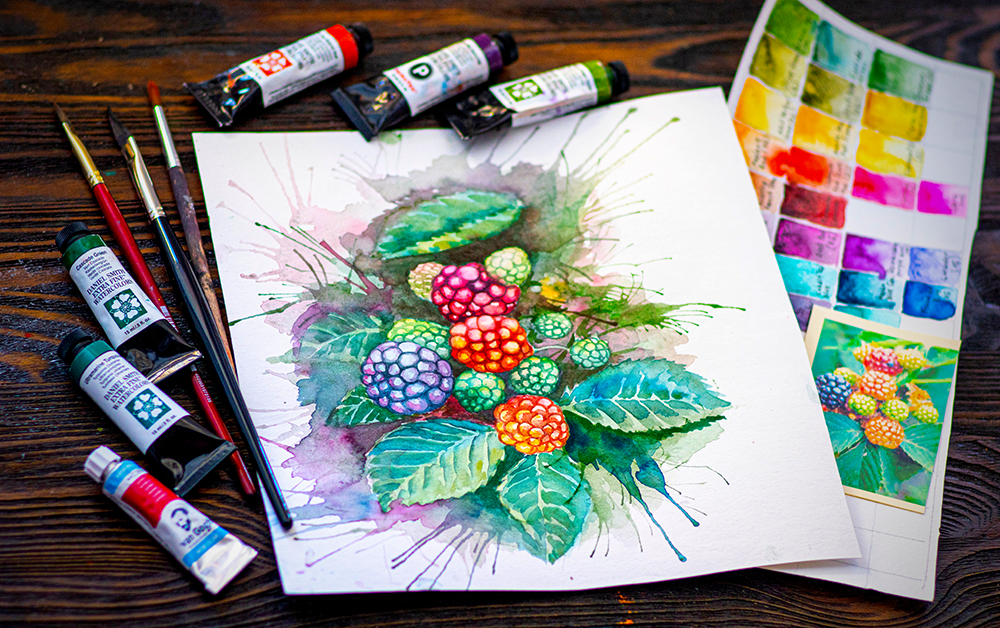
Painting FAQs
Are you ready to dive into the colorful world of painting but have a few burning questions?
You're not alone! Whether you're a budding artist or someone looking to refine their brush strokes, this FAQ section is here to guide you.
From understanding how long it takes to master the craft to discovering effective ways to improve your skills, we've got all the answers you need to unleash your inner artist.
So, grab your palette and let's get started on this creative journey!
How long does it take to be good at painting?
The time it takes to become good at painting varies greatly depending on factors such as natural talent, practice, and learning methods. Some people may see significant improvement in a few months, while others may take years to reach a similar level of proficiency. Consistent practice and learning from other artists can help accelerate the process.
Can anyone become good at painting, or do you need natural talent?
While natural talent can provide a head start, anyone can become good at painting with dedication and practice. Many successful painters started with little to no inherent skill but developed their abilities through persistent effort and learning. The key is to stay committed and continually seek to improve.
What are some effective ways to improve painting skills?
Effective ways to improve painting skills include regular practice, learning from other artists, experimenting with different styles and mediums, setting realistic goals, and seeking constructive feedback. Structured learning, such as taking art classes or workshops, can also provide a more organized approach to developing your skills. Staying inspired and enjoying the painting process are also crucial for long-term success.
What are the essential tools and materials needed for a beginner painter?
For a beginner painter, essential tools and materials include a variety of paint brushes, quality paints (acrylic, oil, or watercolor), a palette for mixing colors, canvas or paper, an easel, and basic drawing supplies like pencils and erasers. Investing in good quality materials can make a significant difference in your painting experience and results.
How can I find my unique painting style?
Finding your unique painting style involves exploring different techniques, experimenting with various mediums, and studying the work of other artists for inspiration. Allow yourself the freedom to create without judgment, and over time, your personal preferences and artistic voice will naturally emerge. Keeping a sketchbook and regularly reflecting on your work can also help you identify patterns and preferences in your art.
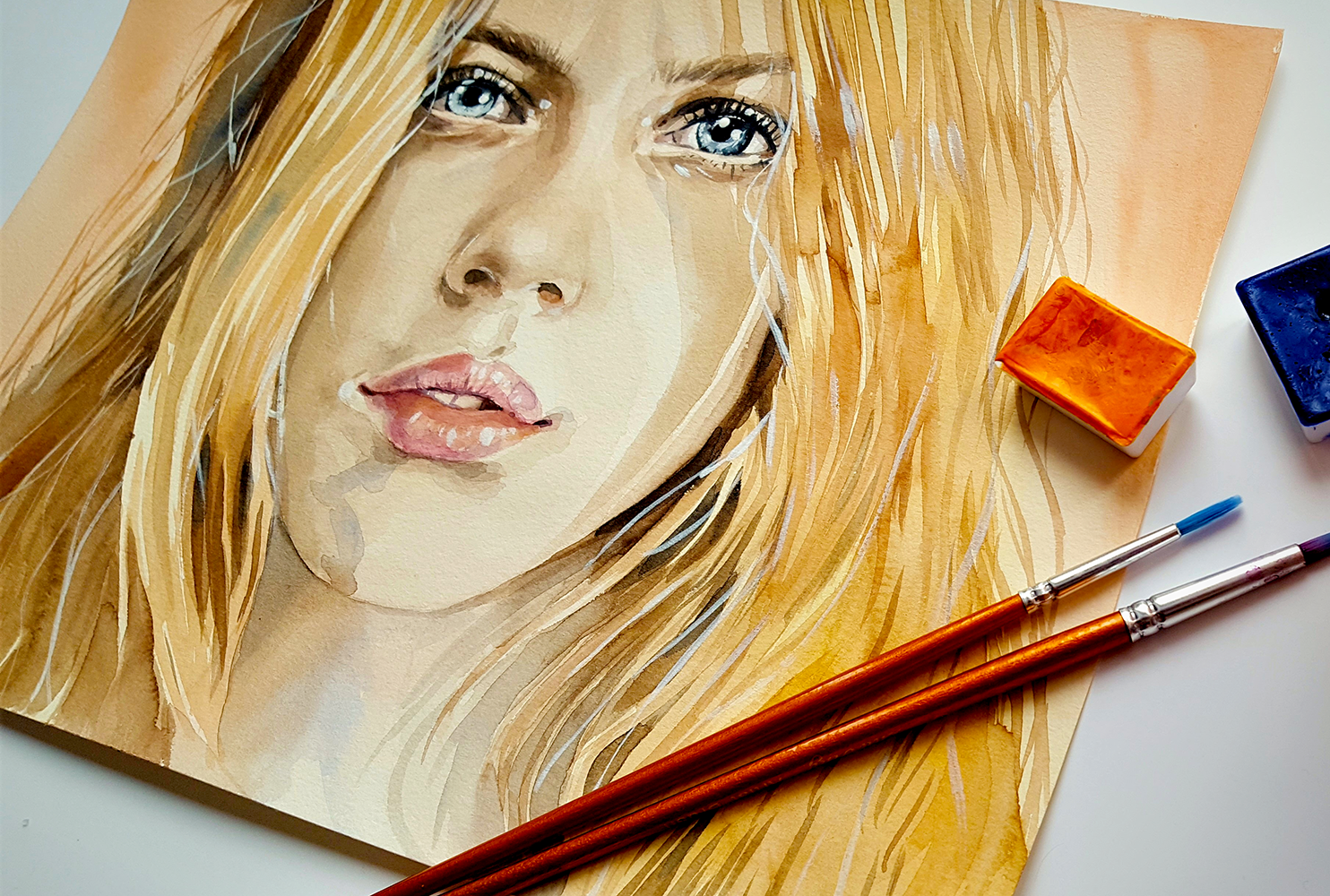
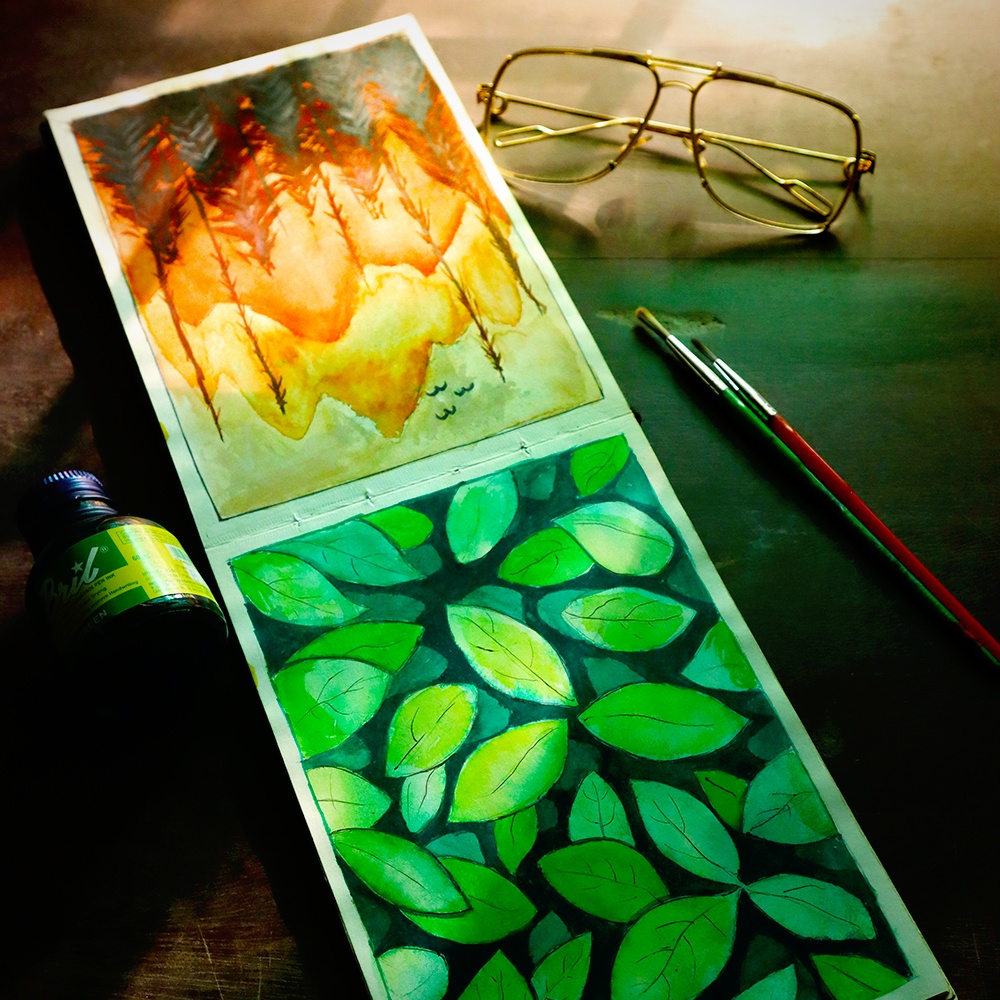
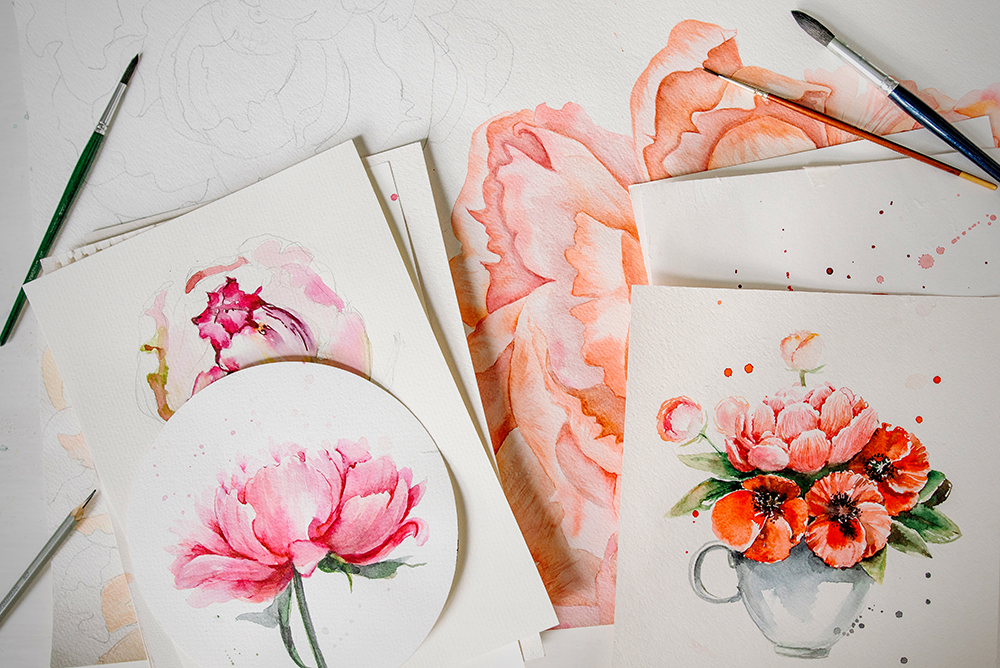
Interested in learning more about the time it takes to hone your art? Check out ErgoJosh's video!
Want even more content about creativity and art?
Be sure to check out all of our creative chronicles!
Ready to dive into the world of painting?
Check out our other painting articles:
-What is the easiest thing to paint?
-What are the basic skills of painting?
-What are the 7 rules of painting?
-How to start painting as a hobby




